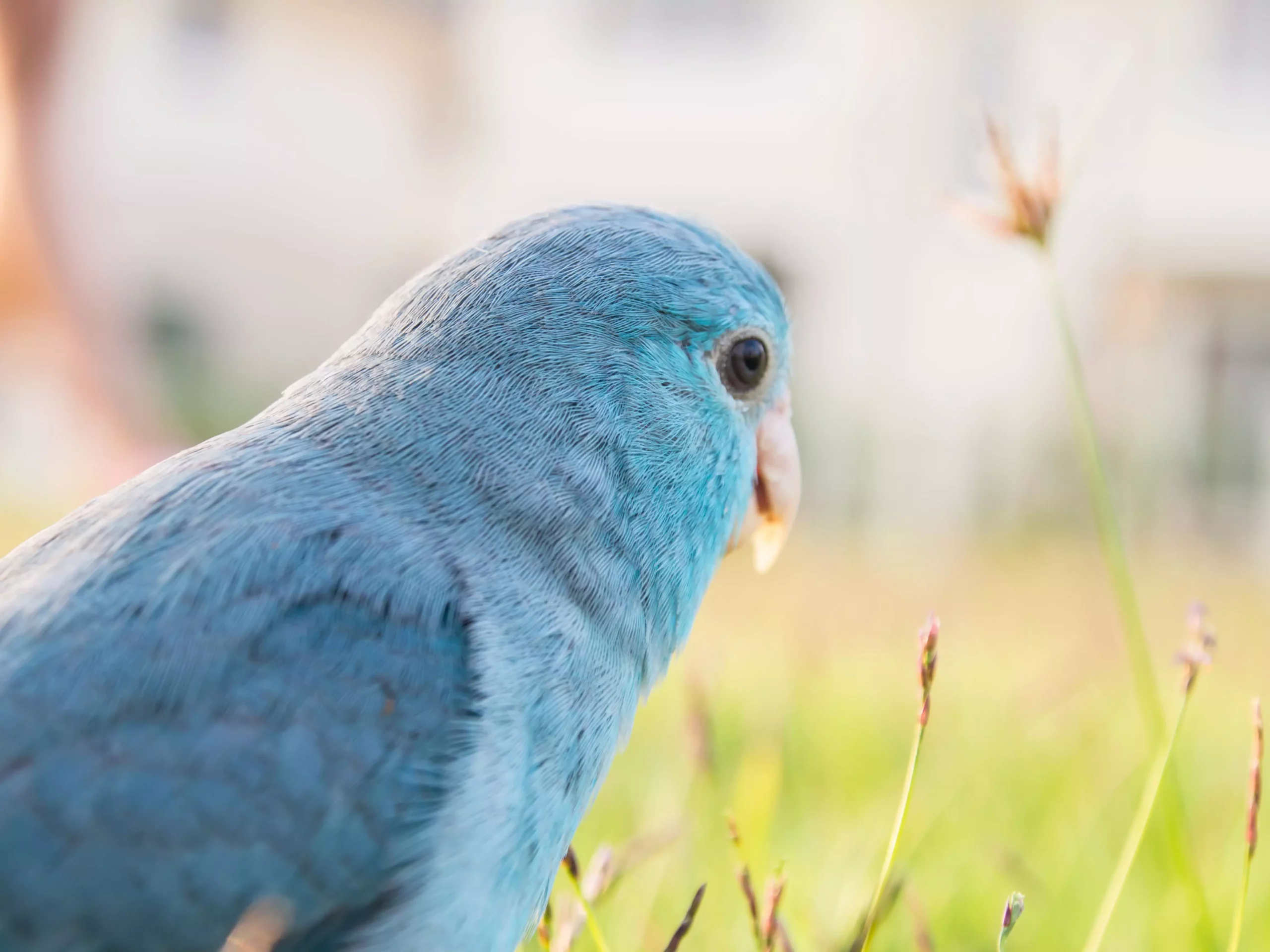When it comes to pet birds, the vibrant world of blue parrots captures the imagination of avian enthusiasts and casual pet owners alike. From stunning blue-and-gold macaws to petite parrotlets, these birds offer a delightful combination of beauty, intelligence, and companionship. However, caring for these feathered friends requires a commitment to understanding their needs, characteristics, and behaviors.
The blue-and-gold macaw is a quintessential example of the stunning avian diversity found in South America. With its brilliant blue wings and golden underparts, this bird is not only a visual spectacle but also an embodiment of social behavior in avian species. Boasting a length of 30 to 36 inches and a weight ranging from 28 to 46 ounces, their large, curved beak and distinctive white facial patches set them apart. These intelligent birds thrive in environments that stimulate both their mental and physical faculties, necessitating dedicated caretakers who can provide ample interaction and space to roam.
The lifespan of blue-and-gold macaws can stretch from 30 to 60 years, indicating the long-term commitment required for anyone thinking about bringing one of these companions into their home. They are not merely pets; they become part of the family.
Budgerigars, or budgies, are perhaps the most well-known and beloved of all pet birds. These small parakeets usually display a more subdued green and yellow plumage in their natural habitats, but thanks to selective breeding, they now come in enchanting hues of blue, yellow, and even white variants. Adult budgies measure about 6 to 8 inches in length and weigh around 1 ounce, making them ideal for first-time bird owners due to their manageable size and gentle demeanor.
With a lifespan of over ten years, budgies require interactive play and companionship to thrive, but their amusing personalities and playful antics ensure they remain a favorite amongst pet owners. They can easily bond with their caregivers, making them delightful avian mates.
Hyacinth Macaw: The Gentle Giant
In stark contrast to the smaller budgerigar, the hyacinth macaw stands out as the largest macaw species and is often referred to as a “gentle giant.” Measuring about 40 inches long and weighing between 42 to 51 ounces, this elegant parrot is primarily a deep blue, accented with subtle yellow patches around its eyes and beak. Known for their affectionate nature, hyacinth macaws require extensive interaction and space for exercise, making them best suited for experienced bird owners.
With a remarkable lifespan exceeding 60 years, their need for attention and care can be a significant commitment. Potential owners should be prepared to dedicate time and resources to provide the lifestyle these magnificent creatures deserve.
Despite being the smallest members of the parrot family, Pacific parrotlets, particularly the blue color mutation, are packed with personality. Averaging 4 to 5 inches in length and weighing around 1 ounce, these mini marvels exhibit vivacity that is often disproportionate to their size. While their small stature might make them appeal to those with limited space, they still require significant daily interaction and mental stimulation.
Their characteristic feistiness paired with a lifespan of 20 to 30 years suggests that potential owners must be ready for a long-term commitment to these playful companions.
Conures and Their Charismatic Charm
The blue-crowned conure is another spectacular avian breed known for its friendly and outgoing personality. With its striking blue head and green body, it has captured the hearts of many bird enthusiasts. These lively birds, reaching a length of about 15 inches and weighing between 3 to 6 ounces, thrive on social interaction and require ample time outside their cages.
The lifespan of a blue-crowned conure can extend up to 30 years, requiring a long-term commitment from owners willing to provide companionship and stimulation.
Educational Endeavor with Quaker Parrots
Quaker parrots, primarily green in the wild with stunning blue mutations introduced in more recent years, are popular for their vocal abilities and affectionate nature. These ingenious birds can learn an extensive vocabulary, making them engaging companionship and a source of amusement for their handlers. They are suitable for owners who can allocate significant time for interaction, as they thrive on social engagement.
Like many parrot species, Quaker parrots possess a lifespan of 20 to 30 years, requiring caretakers to consider their long-term commitment before welcoming them.
Choosing Your Blue Feathered Friend
Understanding the unique requirements and characteristics of each blue parrot species is paramount for potential bird owners. From social interaction to cage space, their needs can vary significantly. Birds such as budgies and parrotlets may entice first-time enthusiasts due to their smaller size and gentler demeanor. In contrast, larger species like the hyacinth macaw may require thorough research and preparation for a commitment from experienced bird lovers.
Ultimately, acquiring a blue parrot should be approached as a long-term commitment filled with joy, companionship, and the beauty of these magnificent creatures. Each species offers its unique charm and quirks, promising a rewarding experience for those ready to embrace their vibrant personalities. With the right knowledge and preparation, these colorful companions can illuminate any home with their vivacious spirit and irreplaceable presence.

